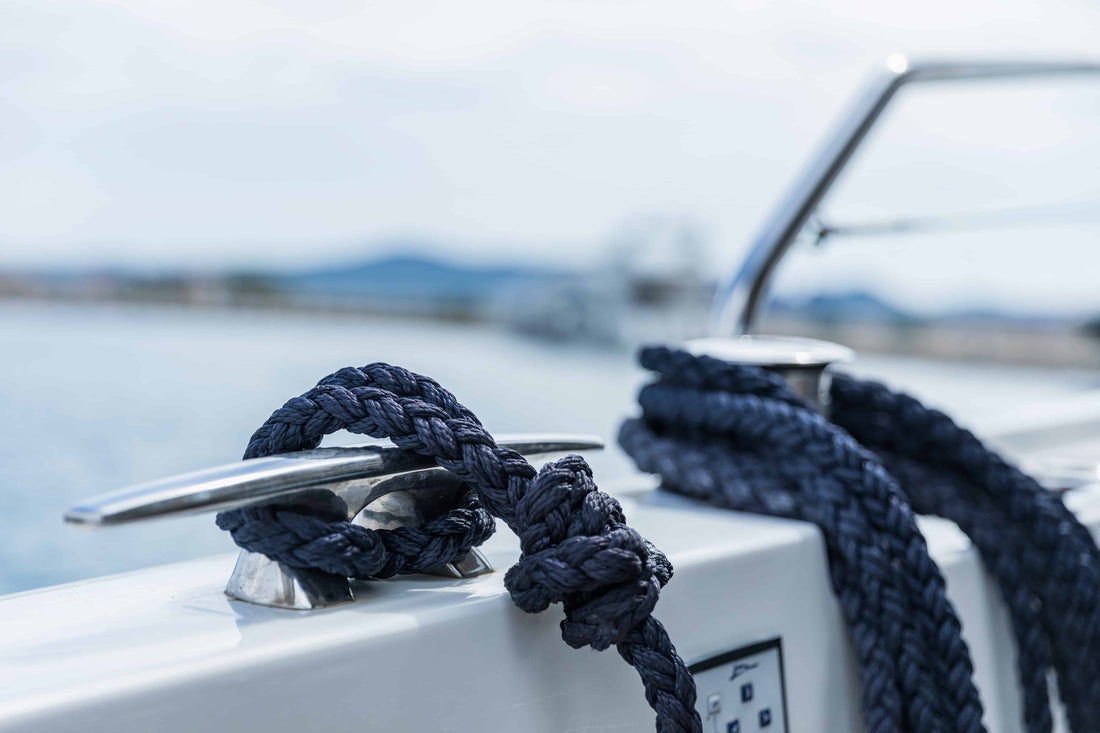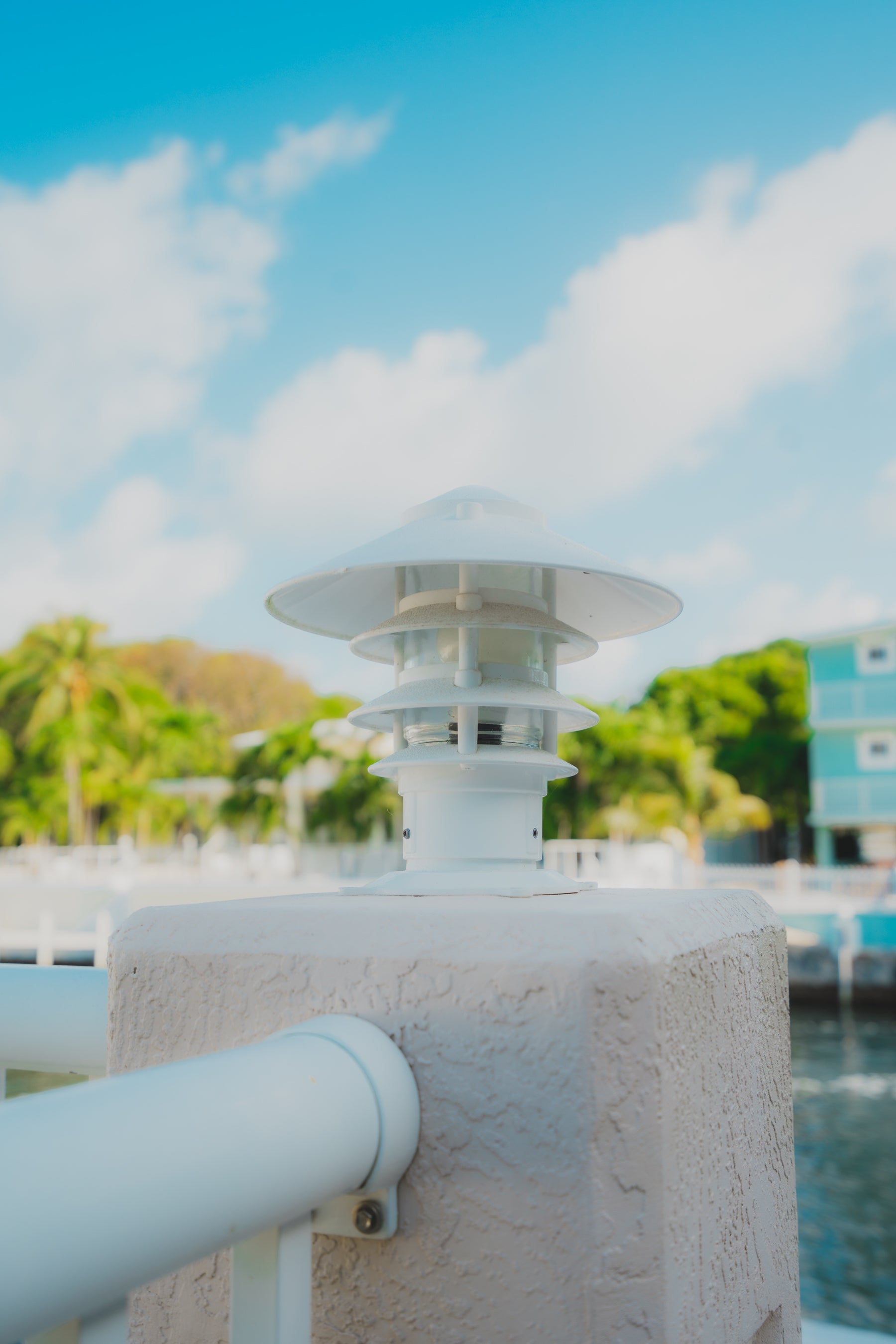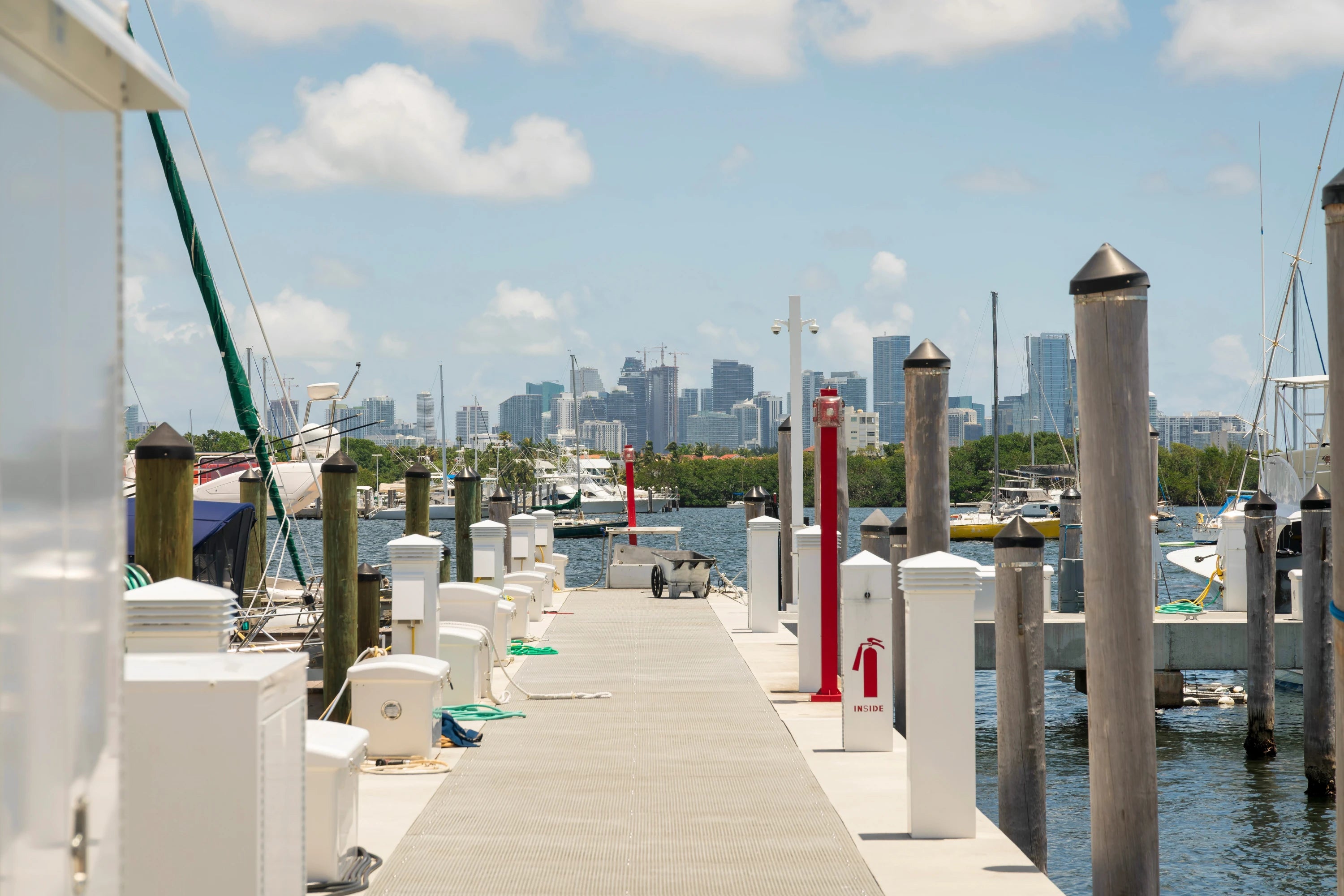
Complete Guide to Mooring Systems
Share
Securing your vessel isn't merely a matter of anchoring it. Dock mooring types are crucial for any vessel owner or operator to keep ships safe from damage and well-anchored.
Haven Dock & Marine offers various mooring solutions that cater to different vessel sizes and environmental demands.
Read on to learn about how various mooring systems and applications work to assist and keep boats, floating platforms, and other watercraft secure or stationary at all water depths.
What is Mooring?
A mooring type refers to a system made up of connectors, anchors, and mooring lines to keep a ship floating in deep water.
The variety of mooring caters to boat owners in different marine environments, ensuring your vessel stays put in calm lakes or faces the wrath of open seas. Mooring lines, mooring buoys, and more all play a part.
Selecting the Right Mooring Type for Your Needs
Maintaining your vessel’s safety starts with the right components for your mooring system, including mooring lines and mooring buoys. This will ensure your boat is secure, accessible, and safe from bumps and scratches.
Dock mooring systems can support watercraft of all shapes and sizes, including:
- Cargo vessels
- Cruise ships
- Fishing boats
- Kayaks
- Personal watercraft (PWCs or jet skis)
- Pontoon boats
- Powerboats
There are two primary types of mooring systems: a shore fixture like a pier or an offshore fixture like a floating dock system. Regardless of the mooring system you choose, your dock or mooring point must be able to withstand a number of different forces, such as:
- The current
- The tide
- Waves
- Wind
- Adverse weather
Your system's holding power should withstand any reasonable force your ship can expect to experience, whether small or large.
Mooring Equipment
Mooring Line
Mooring line connects to the anchor and keeps the structure afloat. Mooring lines are mainly made from wire, fiber rope, and chain.
Mooring Anchor
Your mooring system relies heavily on the strength of its anchor. The holding capacity of each anchor, which should generally be at least three times the weight of your service anchor, depends on the water depth, seafloor soil properties, and type of anchor you use.
Mooring Chain
The mooring chain connects the anchor to a floating buoy or watercraft. Experts recommend that your mooring line be three times the length of the water’s depth and a quarter inch thicker than your service chain.
It’s also a good idea to invest in mooring line supports to protect the line from chafing, as well as mooring whips, which are solid fiberglass rods that keep your watercraft a safe distance away from the dock edge to prevent damage during unfavorable weather conditions.
Although you can also choose from various mooring lines, cables, and ropes, stick with a chain for permanent moorings in waters up to 328 ft (100 m). For waters deeper than 984 ft (300 m), choose a stainless steel cable or wire rope. For ultradeep waters (more than 6,560 ft or 2,000 m), use a combination chain, wire, and synthetic fiber line for maximum strength.
Mooring Buoy
The mooring buoy, heavier than a standard buoy, floats in the water away from the shoreline. The buoy allows boats to be moored in deep water instead of shallow water or to be moored to a pier.
Mooring Anchor
Boat dock systems can use several types of anchors:
- Deadweight anchors use weight as their holding power to settle at the bottom of the sea and are the simplest type of anchor.
- Mushroom anchors look like an upside-down mushroom, are made of heavy cast iron, and are best for freshwater and smaller motorized water vehicles. If you get a mushroom anchor, find one coated with PVC to act as a bumper and prevent damage to your watercraft.
- Pyramid anchors are similar to mushrooms, except they’re shaped like a pyramid and become embedded in the seafloor quicker than the mushroom anchor. They’re used in shallow waters.
- Helix anchors consist of helically shaped stainless steel plates attached to a central shaft and use rotation during installation in the ground. They’re more eco-friendly and work best for marinas and residential systems in waters no greater than 60 feet.
- Piling anchors drive a single structure into the seafloor for maximum stability and minimal side-to-side movement.
Choosing Your Mooring: Types and Maintenance
When setting up a mooring, think of it like planting a tree. It needs the right spot and some care to get started.
Swing Mooring
This is a permanent fixture attached to the bed to provide stationary mooring. Swing moorings demand careful placement away from other anchors to avoid tangling.
Pile Mooring
These are poles driven into the bottom of the waterway with their tops above the water. Boats tie mooring lines to two or four piles to secure their position between the piles.
Pile moorings need precise installation but offer stability in crowded waters.
Dockside Mooring
Dockside mooring involves securing the length of your boat to the dock using cleats and lines. Haven Dock & Marine offers a wide variety of cleats, from heavy-duty galvanized options to space-saving flip-up styles.
Maintenance
Regular inspections are essential. Look out for wear on lines and chains for swing and pile systems, or check that your dock fenders stay firm and functional. This proactive approach will save you headaches down the line.
The Role of Fenders in Mooring Safety
Haven Dock & Marine is particularly proud of our role as the sole manufacturer and distributor of Fend-All Fenders, which act as a cushion between your vessel and the dock or another vessel to absorb impact, prevent damage, and extend the life of your boat. Crafted to revolutionize how your vessel weathers mooring, these fenders serve as critical guardians, averting harm and fortifying safety.
Consistent bumping without proper protection can weaken your craft's structural integrity over time. With Fend-All Fenders, you're investing in peace of mind and long-term durability for your watercraft.
Get Innovative Mooring Equipment from Haven Dock & Marine
When it comes to mooring, one size does not fit all. That's why at Haven Dock & Marine, we fuse top-notch materials, steadfast dependability, and the latest tech innovations in our product line offerings.
Beyond innovative Fend-All Fenders, our top-of-the-line mooring products span cleats to whips to innovative solutions like TideSlides, whether you’re sailing serene lakes or the unforgiving ocean waves. Each product is crafted with care because we know the sea never takes a day off—and neither do you.
Whatever your needs, contact us at Haven Dock & Marine, and we'll set you up with the best mooring system to keep your boat safe in the harbor and weather the storm!



